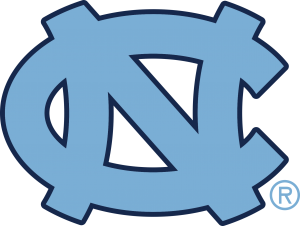What do the New York Mets, the Orlando Magic and the Boston Bruins all have in common? They all use SAS analytics to gain deeper insights into athlete recruitment, retention, performance, safety and more. And after seeing the success teams like these have had using analytics, collegiate sports are turning to analytics, too.
Like professional teams, collegiate teams want to gain deeper insights into student athlete recruitment, retention, performance, safety, while also increasing fan engagement and revenue over time. But the cost of maintaining the team increasingly squeezes the bottom line. Also, competition is tough – and intensifying as athletic teams go head-to-head with other forms of entertainment (movie theaters, theme parks, video games and even Netflix). Winning the battle for fans is vitally important; building, training and maintaining a team isn’t cheap.
To fund their operations, athletic teams must generate valuable revenue streams from ticket sales, advertising, merchandise and concessions. As such, most athletic organizations have begun collecting ticket sales data, fan data, game data, attendance data, mobile application data, web browsing data, athlete data, venue data, and much more. However, they struggle to pull this disparate information together.
To make better athlete and competitive decisions, athletics organizations need to use analytics to get insight from all their data and learn not just about what happened in the past, but about what is most likely to happen in the future.
Such was the case with the The University of North Carolina Athletics Department. The wanted to increase Rams Club membership (UNC’s athletic booster club) from the current 15,000 to 22,000 members by 2022. In addition, they wanted to grow revenue from the fan and donor side, so they wanted to know: 
- Could deeper insight into fans expose them to spectator experiences they hadn’t considered, both within their favorite sport and across others? Could it enable more personalized offers that enhance the fan experience and amplify game-day excitement? Could it bring new audiences into the stadium?
- Could deeper insight identify potential donors who hadn’t previously considered the benefits of Rams Club membership? Could it encourage existing Rams Club members to gain the merits of an elevated membership level?
Carolina Athletics turned to SAS for help. They now have a platform that brings in multiple sources of data, which allows us to have a single view of the customer. This 360-degree picture, gives them more insight into a constituent’s engagement with their university. And through that platform, they’re able to better identify additional people that could come and help them meet their goals, such as joining the Rams Club and being a more active part of the Carolina community.
They can now use real-time data visualizations and modeling that help inform decision making on a day-to-day basis for everything, from where they should hold an event to what campaigns to generate to which membership growth opportunities they should pursue. As a result, Carolina Athletics can now identify and reach a pool of donors, alumni, community members, financial supporters, performing arts patrons and others who were not previously visible.
To learn more about how Carolina Athletics is capitalizing on analytics, read the white paper, Tar Heels Play to Win With SAS® Analytics or watch this webcast: Using Modern Analytics to Foster Old-Fashioned Loyalty in Tar Heel Sports Fans.
